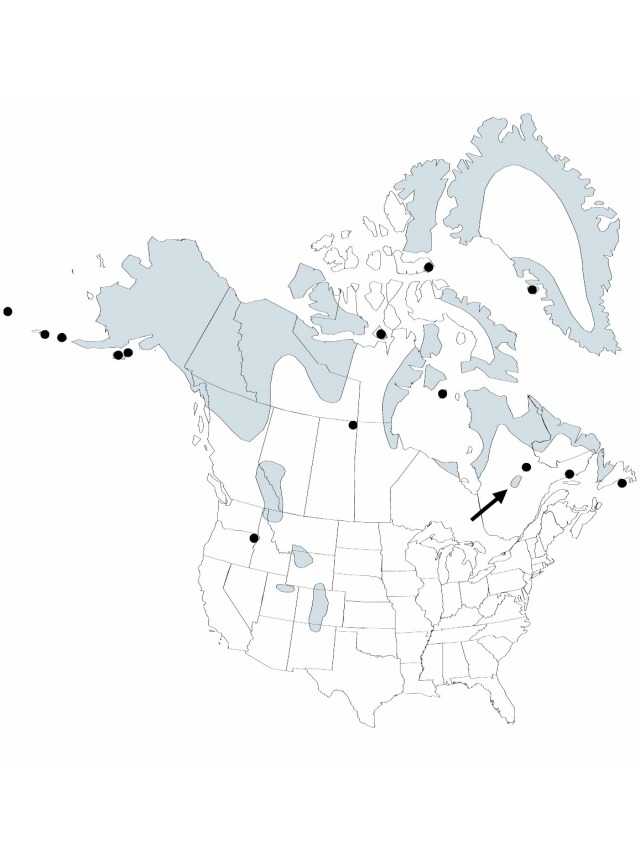Herbs, perennial, cespitose, 0.3–3.5 dm. Culms 1–8, 0.3–0.5 mm diam. Cataphylls 1–2. Leaves basal, 2–4; auricles slightly prolonged, rounded, scarious to ± leathery; blade deeply channeled, 2–10 cm, mostly shorter than culms. Inflorescences solitary heads, each with 2–3(–50) flowers; primary bracts brownish, nearly equal to or slightly shorter thanabout equaling inflorescence. Flowers: tepals pale brown or darker, oblong-lanceolate, 3–5 mm, outer and inner series nearly equal; stamens 6, filaments 2.5–4 mm, anthers 0.6–1 mm; styles 0.5–0.8 mm. Capsules tan, pseudo-3-locular, 3-gonous–cylindric, apex obtuse, mucronate. Seeds tan or darker, fusiform, body 0.5–1 mm, tails 0.6–1 mm.
Distribution

Alta., B.C., Man., N.W.T., Nunavut, Ont., Que., Sask., Yukon, Alaska, Colo., Idaho, Mont., N.Mex., Oreg., Utah, Wyo., Eurasia.
Discussion
Varieties 3 (2 in the flora).
Selected References
None.
Key
| 1 | Most proximal bracts of inflorescence obtuse to mucronate, usually much shorter than inflorescence; capsules well exserted from perianth, 4.5–7 mm, apex conic or rounded proximal to persistent style | Juncus triglumis var. triglumis |
| 1 | Most proximal bracts of infloresecence equal to or longer than inflorescence, apex long acuminate or awned; capsules included or barely exserted from perianth, 3–5 mm, apex nearly truncate proximal to persistent style | Juncus triglumis var. albescens |